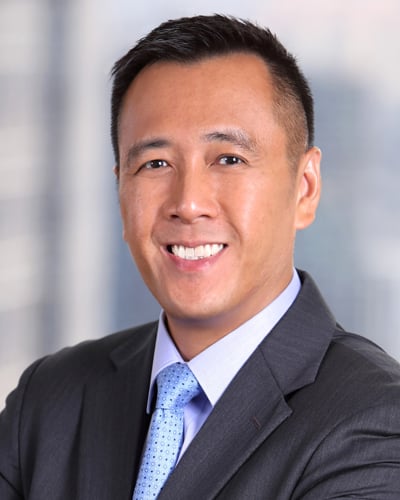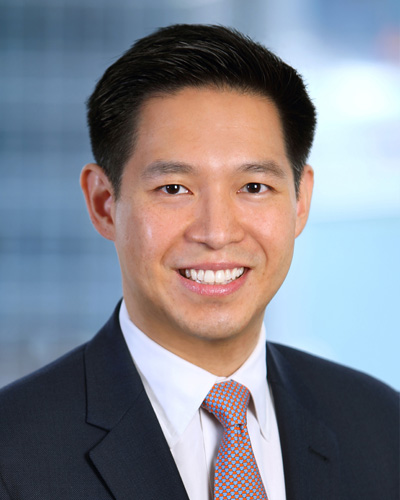Looking back at the first half of 2023, we have reached a key milestone in marking the first full six months of mainland China reopening its borders after three years of COVID-19 closure. We wanted to share some general observations within the private funds space across the Asia Pacific during the first half of the year.
Many private equity participants had been hopeful that China’s reopening would provide a much needed boost to the broader PE ecosystem in terms of fund raising, capital deployment, investment opportunities and the like. However, the “bang” many were expecting has been more muted. In fact, the macroeconomic picture coming out of China appears to be deteriorating, which will certainly cause a recalibration of the assumptions underpinning many portfolio company investment theses.
In the first half of 2023, participants within Asia’s private equity and asset management industry continued to be mindful of the difficult fundraising environment. Particularly in the second quarter, GPs were monitoring several macro indicators, such as inflation data and interest rate movements, to get a better sense over whether the broader environment would be more conducive to raising new funds.
A wider challenge facing Asia’s private equity market is that exit opportunities have been far and wide, whether through M&A, IPOs, GP-led secondaries, recaps or other liquidity solutions. This is causing a delay in fund investors receiving distributions back from the GPs they have existing investments with. Together with the denominator effect, this has resulted in some LPs holding back on investing into new funds.
In terms of negotiating dynamics, the pendulum has been swinging back in favor of LPs. GPs of all stripes are increasingly amenable to making more concessions to investors, although sentiments remain that there is still a degree of mismatch on terms at the moment amongst the number of GPs seeking capital. And for the community of SWFs and other “mega” investors, their ability to write bigger cheques certainly gives them an edge in securing better investment terms.
We have also observed a noticeable spike in the focus within Asia’s private equity industry on ESG. Increasingly within the LP community, the expectation is that GPs will factor ESG considerations into their investing activities. This would include, for example, a risk analysis relating to climate change or other environmental issues, and how these issues may potentially impact a fund’s investments and returns. From what we observed recently, investors have been more systematic about factoring this parameter into their investment processes and business models. While ESG principles are no longer fringe issues in Asia, the diversity of countries, cultures and national positions in the region poses particular challenges for their wider adoption in the region.
For funds that are geographically focused on or have sizable exposure to Greater China, LPs are doubling down on their existing GP relationships. In a difficult fundraising environment, LPs are favoring their established relationships with sponsors, focusing on re-ups as opposed to investing with new sponsors, unless a new sponsor has a truly differentiated offering or skill set. It should be noted that, while fundraising in China / China-focused funds has been slow, there have also been pockets of increased activity, such as Japan, India and other regions across the Asia Pacific.
Looking ahead, Asia’s finance community are bracing for yet another blow to China’s PE and VC industry resulting from the executive order by President Biden prohibiting and restricting US investment into Chinese businesses linked to semiconductors, artificial intelligence and quantum information technology.
Given the heft and influence of the Chinese PE market, there are concerns that this may further dampen the fundraising environment in the country and the wider region, as LPs critically reevaluate their future allocations to China within their Asia Pacific private markets strategies.
Furthermore, LPs are also starting to pay more attention to the 2024 U.S. presidential election as an added dimension of uncertainty. As the primaries get under way, more candidates are emerging and outlining their foreign policy positions, including their Asia and China stances. With an already volatile geopolitical climate, on top of a fragile macroeconomic environment, private markets participants in Asia are apprehensively watching the playing field.
Authors

Stay Up To Date with Ropes & Gray
Ropes & Gray attorneys provide timely analysis on legal developments, court decisions and changes in legislation and regulations.
Stay in the loop with all things Ropes & Gray, and find out more about our people, culture, initiatives and everything that’s happening.
We regularly notify our clients and contacts of significant legal developments, news, webinars and teleconferences that affect their industries.


